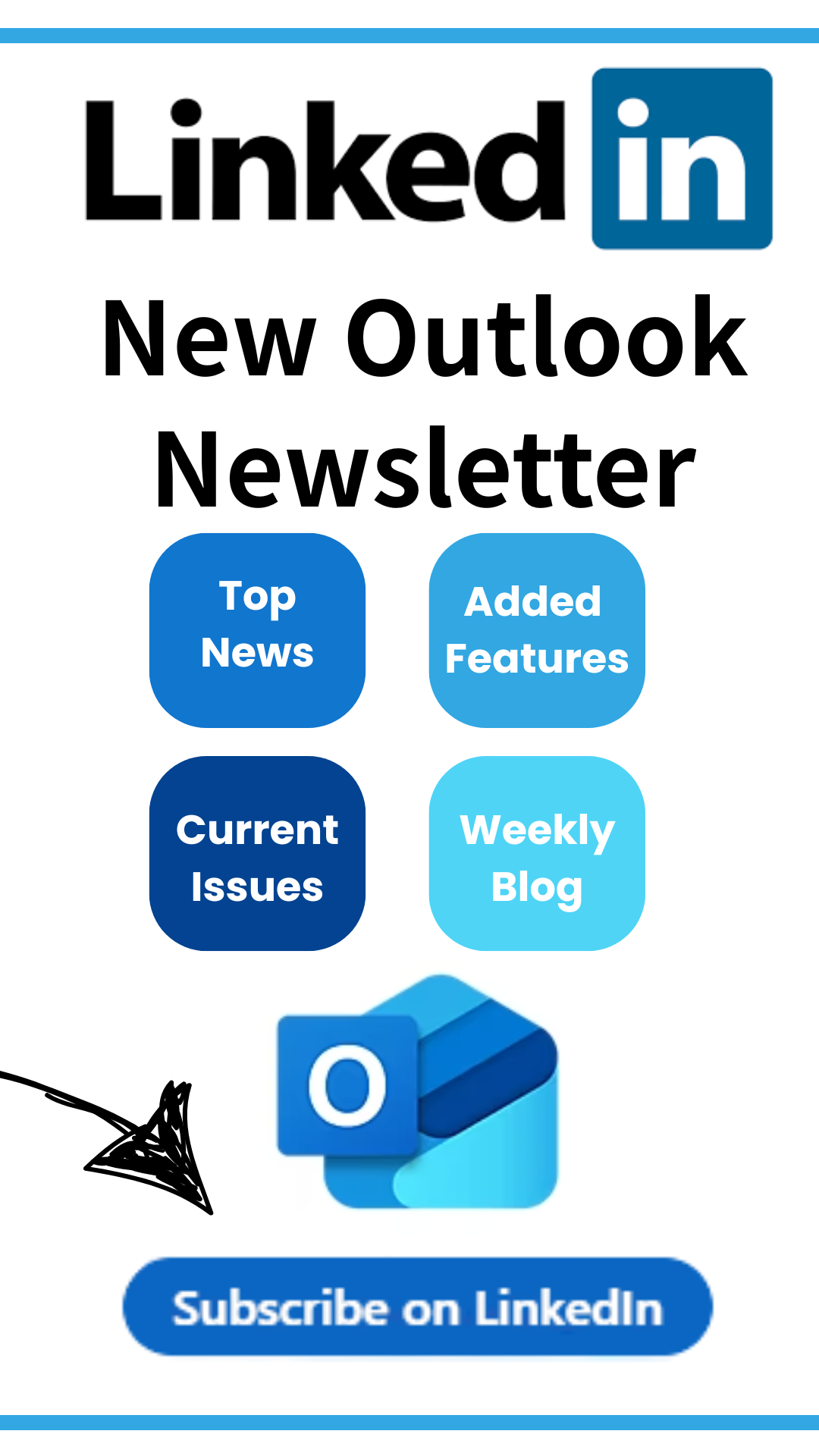First Mac Virus Removed at Call That Girl
Definition of “virus” an unauthorized program that inserts itself into a computer system and then propagates itself to other computers via networks or disks; when activated it interferes with the operation of the computer.
Call That Girl had a milestone day last Saturday morning; we removed our first infected Mac computer. It’s not really historic, but it kind of is. We just don’t see viruses/malware/scareware get through on Macintosh computers. But it’s happening and here is what happened.
Client receieved an email from a friend that an attachment. She opened it thinking that she would be safe because it was from a friend and she’s on a Mac. Why not open it? It turns out that the attachment installed a small virus in her computer that caused constant pop ups telling the client to purchase extra antivirus software and redirected her internet sites to porn sites (since it didn’t destroy software in the computer, it may be defined as “scareware”). As long as something is intruding on your computer and causing your computer to not function correctly, it is definately an infection if anything.
Luckily this removal and a double spot check with one of our Mac cleaning programs took about a half hour. Will this be the case moving ahead? Will Mac viruses get worse? Probably. It is in my opinion something to watch for sure and track the trends.
What can you do? Most AV products have Mac versions available, but if they are anything like the pc version, they might not work very well. We simply do too many virus removals a week to know they don’t work. But outside of purchased protection, I think it’s important to learn added safety precautions. But just like we see on the pc side of infections, sometimes you are doing nothing intentional and you get infected.
- Watch your computer use better
- Be careful with opening attachments
- Be sure it was an intended attachment
- Look for suspicious names in the attachment
- If you see something popping up while you are surfing the web asking for your username and password, be sure you are intentionally installing a product or application.
- If you do get a pop up, never give your password, never give out your credit card number
- Never purchase products to remove the infection, these are always fake
- If you do click on something and you see a “status bar” moving very fast across your screen, you have already been infected. I recommend shutting down your computer and calling a professional, or call us to assist.
612-865-4475
Category: General

 Starbucks Thank You Card
Starbucks Thank You Card 
